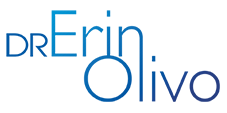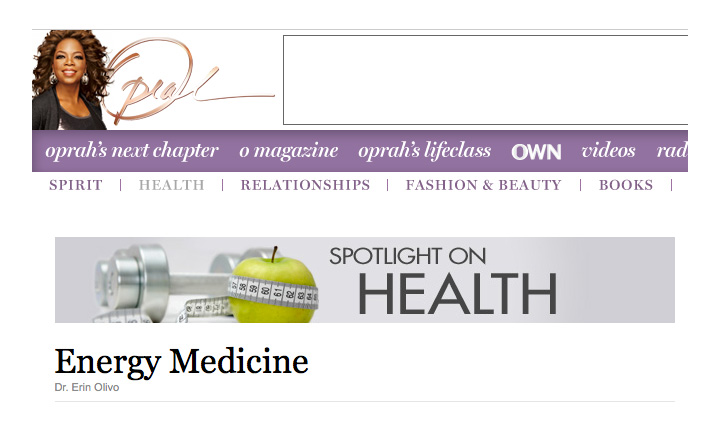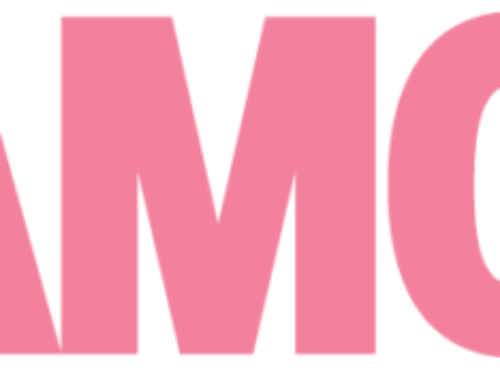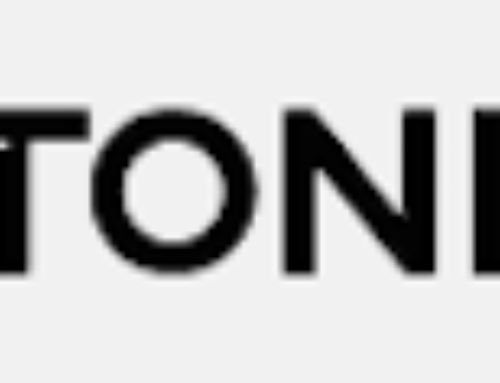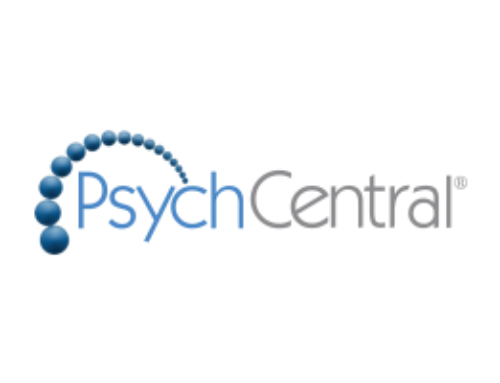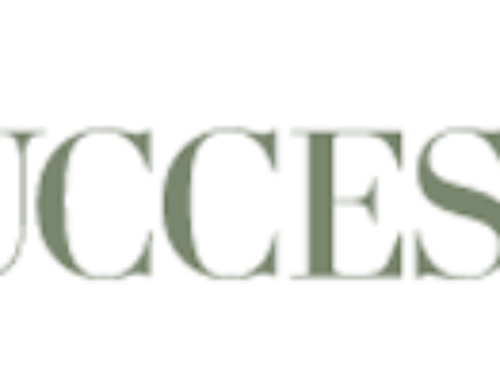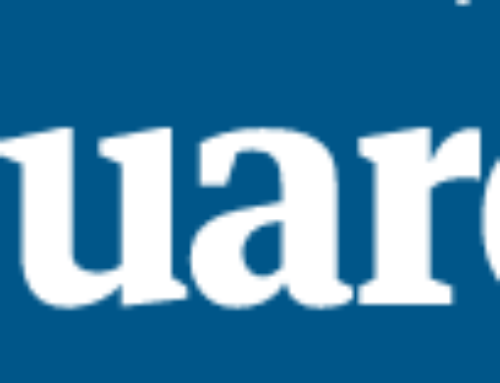Energy Medicine
Dr. Erin Olivo
When we talk about energy, we are really referring to two kinds of energy fields: veritable energy fields, which can be measured, and putative energy fields, which cannot be measured with our current technology. Veritable energy fields include things like vibrational energy (sound), and electromagnetic forces such as visible light, magnetism and monochromatic radiation (lasers).
There are many well established uses of measurable energy fields in the diagnosis and treatment of disease. Some of these include: magnetic resonance imaging, laser eye correction surgery, cardiac pacemakers, radiation therapy and UV light therapies for psoriasis and seasonal affective disorder. There are also a few less researched therapies that use this type of energy. Magnetic therapy involves the use of magnets, which are placed on the body to relieve pain. Sound energy therapy (also sometimes known as vibrational therapy) involves using tuning forks to create certain healing sound frequencies that resonate with the body to promote healing. Music therapy is another type of sound energy therapy: listening to music has been shown to lower blood pressure and to reduce pain and anxiety.
Most frequently, the term energy medicine refers to techniques that involve the putative energy fields. Although it has not yet been able to be measured by conventional methods, therapists who work with this type of energy claim that they can see it with their own eyes or that they can sense it with their hands or bodies. The field of energy medicine involving putative energy fields is based on the fundamental premise that all physical objects (bodies) and psychological processes (thoughts, emotions, beliefs and attitudes) are expressions of energy. Therefore, all bodies are believed to be infused with a “subtle” energy or life force. This life force is known by a variety of terms corresponding to different traditions. In traditional Chinese medicine it is called qi (pronounced CHEE), in the Judeo-Christian tradition it is called spirit, and in Ayurvedic medicine it is represented in the doshas.
In therapies involving this subtle energy field, it is believed that health is determined by the overall flow and balance of a person’s vital life force energy. Imbalances or blockages in the natural flow of the subtle energy fields in the body cause illness. Therapies such as acupuncture and acupressure are all believed to act by correcting imbalances in the flow of subtle energy along the meridians, or energy channels. In therapies such as healing touch, Reiki and even prayer, a healer is believed to emit or transmit the vital energy to a recipient as a way to restore health.
Acupuncture
Acupuncture originated as part of the Traditional Chinese Medical System (TCM), and today is often practiced in the West as a stand-alone treatment. This treatment involves the (virtually) painless insertion of very fine needles shallowly into the skin at points all over the body. The points chosen by the practitioner are very specific and correspond to points along the meridians—or channels of vital energy flow—throughout the body. Acupuncture has been well studied and proven effective in treating a variety of conditions, especially pain.
QiGong and Tai Chi
These related therapies originated in the medical system developed centuries ago in China called Traditional Chinese Medicine (TCM). These techniques involve the use of meditation, movement and breath regulation to improve or rebalance the flow of vital energy. These slow, gentle movements can be performed by virtually anyone, regardless of age or fragility. Research has shown that regular use of qigong or Tai Chi exercises can improve circulation, improve immune function and promote a relaxation response in the body. In China today, these therapies are used in many hospitals along with conventional medicine to treat cancer, heart disease and digestive problems.
Reiki/Healing Touch and Therapeutic Touch
Each of these energy medicine techniques involve the movement of a healer’s hands over the patient’s body, sometimes without actually touching the body. The practitioner uses his or her hands to sense imbalances of energy and to strengthen, correct or redirect the subtle energy flow as a means to promoting health. While these modalities have not yet been well researched, there is some casual evidence to suggest they could be helpful in a wide variety of illnesses such as stress related physical symptoms, pain, high blood pressure and other heart conditions.
Whole Medical Systems
Two practices of note that place equal weight on the body, mind and spirit are ayurveda and Traditional Chinese Medicine.
Ayurveda, meaning “science of life,” is a system of medicine that has been practiced in India for thousands of years. As one of the original holistic medical systems, it is practiced in a very individualized manner. Dr. Deepak Chopra played a key role in introducing this medical system to a Western audience. The system, like Traditional Chinese Medicine and Tibetan Medicine, is based on the view that everything is composed of five basic elements—space, air, fire, water and earth. In ayurvedic, it is believed that these elements combine to form three different metabolic and energetic body types, called doshas. Treatments are prescribed according to dosha type, and include a combination of diet, exercise (yoga), meditation, herbs, massage, exposure to sun and breathing exercises (pranayama).
Traditional Chinese Medicine (TCM) is one of the world’s oldest medical systems and it is the true forefather of “holistic medicine.” This system is based on the view that health is determined by proper flow and balance of a person’s vital energy, or life force energy, called qi (pronounced CHEE). This life force energy is thought to flow throughout the body along channels called meridians, and it is along these meridians that the points used in acupuncture and acupressure are found. Within this system, there is also an underlying belief that the wellness of mind and emotion is critical to the balance of qi and to overall health. In TCM, herbal medicine, acupuncture, diet, massage and yoga are all combined to enhance the overall flow of qi.
Dr. Mehmet Oz and Dr. Erin Olivo define the various forms of energy medicine and how these practices are being used to heal.
To view the original article on Oprah.com, click here.
